The Complete Guide to Painting A Wood Surfaces
Table of Contents
Painting a wood surfaces transforms your living space, adding a new touch to furniture, trim, cabinets, and walls. Whether you’re undertaking your first DIY project or seeking to improve your skills, mastering the art of wood painting opens up endless possibilities for your home decor. This comprehensive guide will guide you through everything from choosing the perfect paint to maintaining your newly painted surfaces, ensuring professional results that will last for years.
Types of Paint Finishes for Wood Surfaces
Understanding the different types of paint is crucial when painting wood surfaces, as each offers unique benefits and aesthetic appeal.
Matte Paint
Matte paint provides a flat, non-reflective surface, ideal for concealing imperfections in aged wood. It also provides excellent coverage and creates a modern, sophisticated look. However, matte finishes are difficult to clean and can show signs of wear and tear, making them more suitable for lightly used areas such as bedroom walls or decorative wood paneling.
Eggshell Finish
With its subtle, eggshell-like sheen, this finish strikes a balance between matte and satin. It is more durable than matte while minimizing surface imperfections. Eggshell works well on wood trim, paneling, and furniture that doesn’t receive heavy use.
Satin Finish
Satin paint offers a medium sheen and excellent durability, making it ideal for high-use wood surfaces. It’s also easy to clean and moisture-resistant, making it ideal for kitchen cabinets, bathroom countertops, and children’s furniture. This subtle sheen enhances wood grain patterns when applied to stained surfaces.
Semi-Gloss Finish
This paint offers a noticeable shine and superior durability. Semi-gloss paint is easy to wash and moisture-resistant, making it the ideal choice for trim, doors, and furniture that require frequent cleaning. It is particularly effective on wood surfaces in kitchens and bathrooms.
Gloss Finish
High-gloss paint creates a mirror-like finish that is extremely durable and easy to maintain. While it shows up imperfections, it is ideal for decorative wood pieces, outdoor furniture, and surfaces that require frequent washing. Its reflective properties also make colors appear more vibrant and attractive.
Best Paint Colors for Wood in Every Room
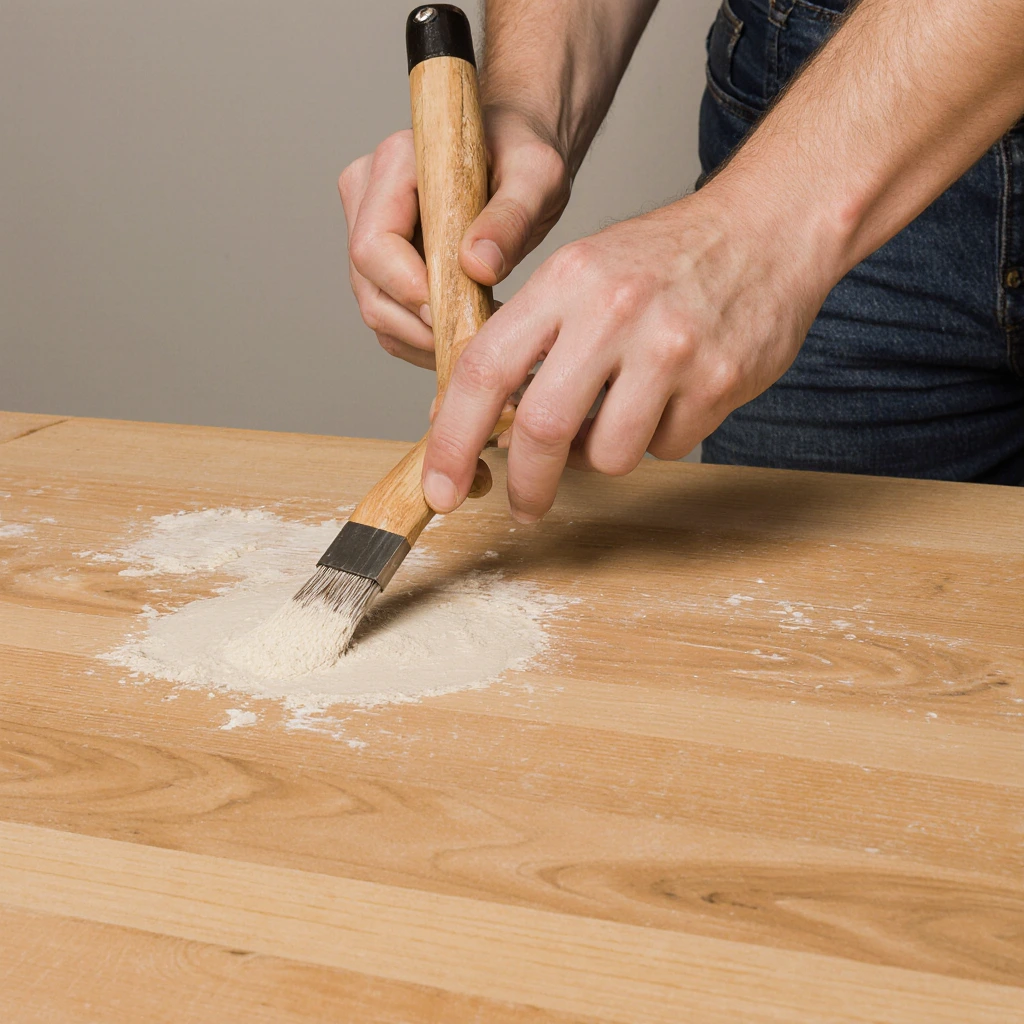
When painting a wood surface, the choice of color greatly affects the overall atmosphere and function of the room.
Wooden Elements in Bedrooms
Soft, muted colors are best for wood surfaces in bedrooms. Use warm whites such as “Cloud White” or “Ivory” for trim and furniture to create a calming environment. Soft blues and greens on walls or wooden headboards promote relaxation, while muted grays add a sophisticated, contemporary touch. For children’s bedrooms, playful pastel colors add a personal touch to wooden furniture without overwhelming the space.
Wooden Kitchen Cabinets and Finishes
Wooden kitchen countertops feature colors that enhance practicality and elegance. Classic white remains the most popular choice for cabinets, adding a sleek, modern touch that makes spaces appear larger. Dark blue has gained popularity for lower cabinets, creating stunning two-tone designs when paired with white upper cabinets. Sage green adds natural warmth, while charcoal gray adds contemporary elegance. When choosing colors, it is advisable to consider the kitchen’s lighting and countertop materials.
Products of Bathroom Wood
Bathrooms require moisture-resistant paint finishes when painting vanity tables or wood finishes. Light colors such as soft white, pale blue, and mint green create a spa-like atmosphere while reflecting light in typically small spaces. For bathrooms, bold colors like deep teal or rich burgundy on wooden vanities add a distinctive touch to focal points.
Wood Accents for the Living Room
Living rooms offer great flexibility for wood painting projects. Neutral colors like warm beige, soft gray, and cream work well on shelving and built-in trim, providing a great backdrop for colorful decor. For statement pieces like fireplace mantels or feature walls, consider using rich colors like forest green, burgundy, or navy. These dark shades create a warm and sophisticated atmosphere, ideal for entertaining.
Paint Color Combinations and Styles for Wood Projects
Creating harmonious color schemes when painting a wood surface requires an understanding of current trends and classic combinations.
Neutral Colors
Neutral combinations remain popular for their versatility and longevity. Coordinate warm white wood trim with soft gray walls, or pair cream-colored furniture with touches of gray-green. These colors suit a variety of design styles, allowing you to easily update your decor.
Bold Modern Touches
Contemporary homes embrace dramatic contrasts. Black painted wood trim against white walls creates a striking architectural statement. Dark blue cabinetry with brass hardware and white countertops creates a sophisticated contrast. Charcoal gray furniture against light walls adds contemporary elegance.
Top Color Combinations for 2025
Current trends lean toward warm earth tones with cooler accents. Popular combinations include terracotta-colored wood furniture with dark green walls, or cream cabinets with deep green islands. Warm whites with soft pastels continue to appear, especially in European-inspired designs.
Seasonal Color Inspirations
Spring color palettes feature soft pastels like blush pink, mint green, and purple on wooden furniture. Summer colors feature brighter hues like coral, turquoise, and sunny yellow for outdoor wood projects. Fall draws inspiration from deep burgundy, deep orange, and golden yellow, while deep blue, forest green, and classic red are preferred for warmer ambiance.
DIY Wood Painting Tips
Successfully painting wood requires good preparation, high-quality tools, and proven techniques.
Essential Tools and Materials
Invest in high-quality brushes specifically designed for the type of paint you choose. Natural-bristled brushes are best suited for oil-based paints, while synthetic brushes are ideal for water-based paints. You’ll need sandpaper (120 and 220 grit), a primer specifically designed for wood surfaces, protective drop cloths, painter’s tape, and a paint tray or bucket. Don’t forget cleaning supplies like cleaning wipes and rubbing alcohol.
Preparation Steps
Proper preparation ensures professional results when painting wood surfaces. Start by thoroughly cleaning the wood with a degreaser. Lightly sand glossy surfaces to enhance adhesion, then wipe them with a cleaning cloth. Fill any holes or cracks with wood filler and allow it to dry completely before sanding smooth. Apply painter’s tape to protect adjacent surfaces.
Preparing for Success
Never skip primer when painting a wood surface. Oil-based primers are suitable for resinous woods like pine or cedar, while high-quality latex primers are suitable for most other woods. Apply the primer in thin, even coats, allowing adequate drying time between coats. This step ensures better color coverage and better adhesion.
Professional Painting Techniques
Apply paint in thin, even coats rather than trying to achieve full coverage in one coat. Use long, smooth strokes following the direction of the wood grain. Keep a wet edge to avoid overlapping marks, and work in easy-to-control sections. For furniture and cabinets, use a foam roller for smooth surfaces and a brush for delicate areas.
Common Mistakes to Avoid
Avoid rushing the drying process between coats, as this results in poor adhesion and poor finish. Don’t overwork your brushes with paint, as this can cause drips and uneven coverage. Skipping a primer is a costly mistake, as it results in poor color coverage and reduced durability. Finally, avoid painting in high temperatures or high humidity.
Cost Breakdowns and Budget Tips for Wood Staining Projects
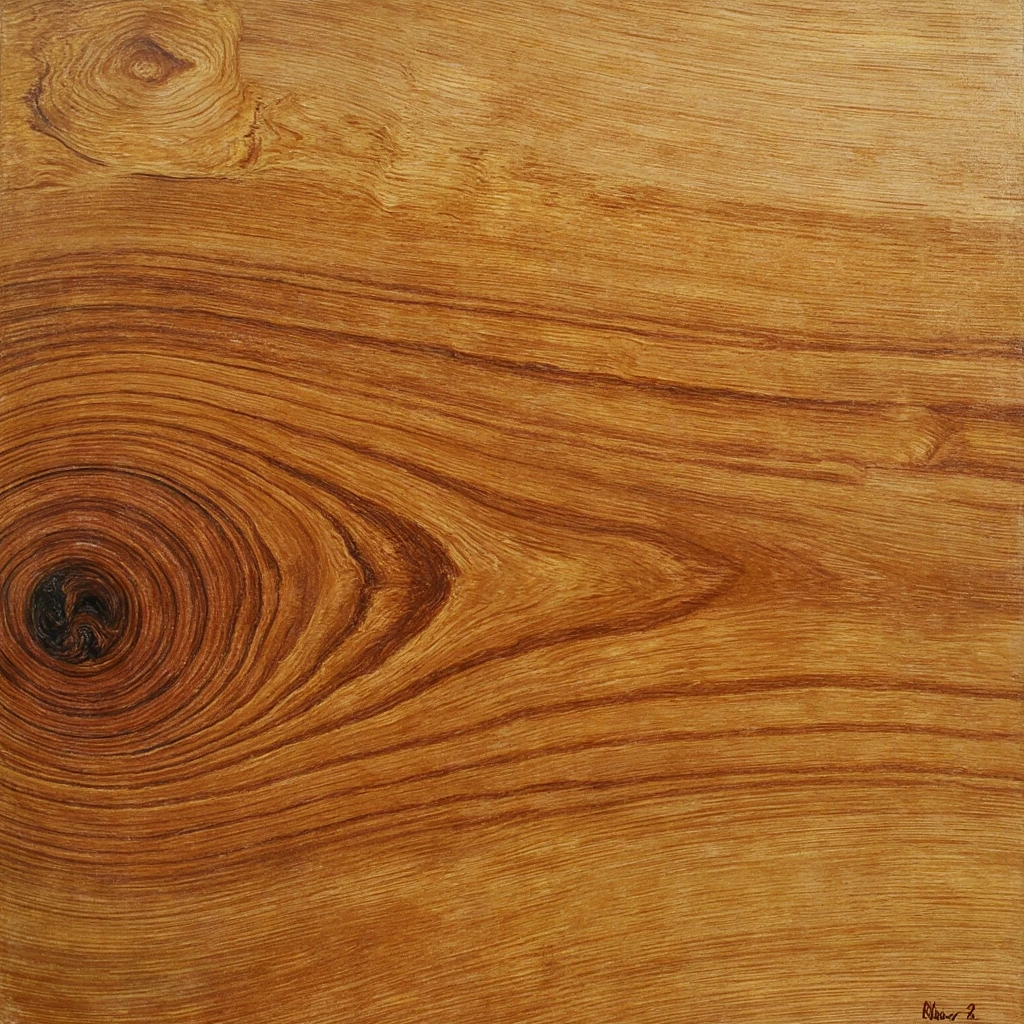
Understanding costs helps you plan effectively when painting wood surfaces throughout your home.
Cost Estimates Per Room
The cost of painting kitchen cabinets typically ranges from $200 to $600 for DIY projects, depending on the amount of cabinetry and the quality of the paint. Painting bathroom counters ranges from $50 to $150, while painting built-in furniture in a living room ranges from $100 to $300. Painting bedroom furniture varies widely, from $30 for a side table to $200 for a large dresser. These estimates include primer, paint, and basic supplies.
Money-Saving Strategies
Buy paint during seasonal sales or clearance sales to save 20-40% on paint costs. Buy paint supplies in larger quantities for multiple projects to reduce unit costs. Be sure to sample and test paint before committing to full gallons to avoid costly color mistakes. Reuse brushes and rollers by cleaning them thoroughly after each use.
Eco-Friendly Options
Low- or zero-VOC paints cost a little more upfront, but they offer better indoor air quality and environmental benefits. Look for recycled paint programs at local retailers, which offer significant savings on high-quality paint. Some communities offer paint exchange programs where you can trade in unused paint for a different color.
Comparing the Cost of Professional vs. DIY Services
Professional painting services cost 3 to 5 times more than DIY projects, but they deliver guaranteed results and save time. For complex projects like kitchen cabinets, professional spraying may justify the cost with superior finish quality. Consider your skill level, available time, and desired outcome when making this decision.
Paint Trends and Inspiration for 2025
Current trends in wood surface coatings reflect broader design trends toward sustainability, comfort, and customization.
Color Trends
Warm, earthy tones dominate 2025 trends, with terracotta, sage green, and warm white leading the way. Deep, vibrant colors, such as forest green and navy, continue to gain popularity as statement pieces. Soft pastels are making a strong comeback, particularly in bedrooms and children’s rooms.
Finishing Innovations
Chalk paints remain popular for furniture projects, offering ease of application and a classic feel. Milk paints offer eco-friendly options with unique, light-textured finishes. Metallic accents, particularly copper and brass, add a touch of sparkle to furniture and decorative items.
Design Movement Influences
The “new millennium” trend embraces traditional colors and patterns, influencing the painting of wooden furniture in classic blues, greens, and florals. Scandinavian-inspired minimalism continues to favor light, neutral colors that highlight the natural beauty of wood. Luxury trends encourage the use of bold color combinations and blending patterns on painted wood surfaces.
Common Mistakes in Home Wood Painting
Avoiding these mistakes ensures successful results when painting a wood surface.
Surface Preparation Mistakes
Inadequate cleaning leads to poor paint adhesion and premature deterioration. Neglecting a primer on exposed wood or significant color changes results in uneven coverage and color bleeding. Failure to sand glossy surfaces prevents proper paint adhesion, causing peeling and cracking.
Application Mistakes
Applying paint too thickly results in streaks, drips, and prolonged drying. Working over large areas without keeping the edges moist produces visible overlap marks. Using the wrong type of brush for the paint formulation affects the quality of the finish and ease of application.
Environmental Factors
Painting in high temperatures or high humidity can cause application problems and poor drying. Insufficient drying time between coats also impairs durability and appearance. Painting in dusty environments can contaminate finishes with visible particles.
Product Selection Issues
Using interior paint on exterior wood surfaces can lead to rapid deterioration and frequent refinishing. Incompatible primers and paints can cause adhesion problems and defects in the finish. Choosing the wrong sheen level for the application can also affect appearance and durability.
How to Maintain Painted Wood Surfaces
Regular maintenance significantly extends the life and beauty of your painted wood surfaces.
Regular Cleaning Routine
Clean painted wood surfaces monthly with mild soap solutions and a soft cloth. Avoid abrasive cleaners or scrubbing, which can damage the finish. For kitchen cabinets, wipe them weekly to prevent grease buildup that becomes difficult to remove over time.
Touching Procedures
Save small amounts of the original paint for touch-ups and store them in tightly sealed containers. Clean areas requiring touch-up before applying new paint, and use thin coats that blend seamlessly with existing finishes. Treat any cracks or dents immediately to prevent moisture damage to the wood.
Preventing Common Problems
Use furniture pads and protective mats to prevent scratches and water damage to painted surfaces. Maintain proper humidity levels to prevent wood movement, which can cause cracks in the paint layers. Apply new topcoats every 3-5 years in areas subject to heavy wear to maintain protection and appearance.
Seasonal Maintenance
Inspect seasonally painted wood surfaces for signs of wear, fading, or damage. Clean and treat painted outdoor furniture before storing it for the winter. Inspect interior painted wood for signs of moisture damage, especially in bathrooms and kitchens.
Conclusion
Mastering the art of painting wood surfaces opens up endless possibilities for transforming the aesthetic appearance of your home and improving its functionality. From selecting the right paint finish and colors to applying professional techniques and maintaining the results, every step contributes to beautiful, long-lasting results. Remember, successful wood painting projects combine good preparation, quality materials, and patience throughout the process.
Whether you’re updating your kitchen cabinets, renovating your furniture, or adding color to your home decor, these techniques and ideas will help you achieve professional results. Investing in time and materials will pay off with increased home value, personal satisfaction, and years of beautiful living spaces.
Try these paint ideas in your next home renovation and let us know in the comments how you did. Sign up for more home decor guides and painting tutorials to keep your home looking fresh and stylish!
Best Amazon Picks :
FAQs
What is the best paint for bathroom wood surfaces?
Use a high-quality latex or acrylic paint with moisture-resistant properties and at least a satin finish. Look for paints specifically designed for bathroom use, and always prime the bare wood with a moisture-resistant primer before painting.
How long should the paint dry before applying another coat?
Most water-based paints require two to four hours between coats, while oil-based paints require six to eight hours. However, check the manufacturer’s recommendations and consider temperature and humidity conditions. The surface must be completely dry and free of tackiness before repainting.
How do I choose paint colors that complement my existing furniture?
Take photos of your furniture in different lighting conditions and bring them with you when choosing paint colors. Many paint stores offer color matching services using digital scanners. Consider base color tones and test paint samples on the wood surface before committing to full coverage.
Can I paint dark wood without priming it first?
While it is possible, skipping priming when painting dark wood often results in poor color coverage and may require multiple coats. High-quality priming designed for dark surfaces saves time and effort, while ensuring better color accuracy and durability.
What is the difference between paint and stain for wood surfaces?
Stain creates an opaque layer that completely covers the wood fibers, providing color uniformity, while stain penetrates the wood fibers and enhances their natural patterns. Paint offers more color options and better protects the wood, while stain preserves its natural texture and appearance.
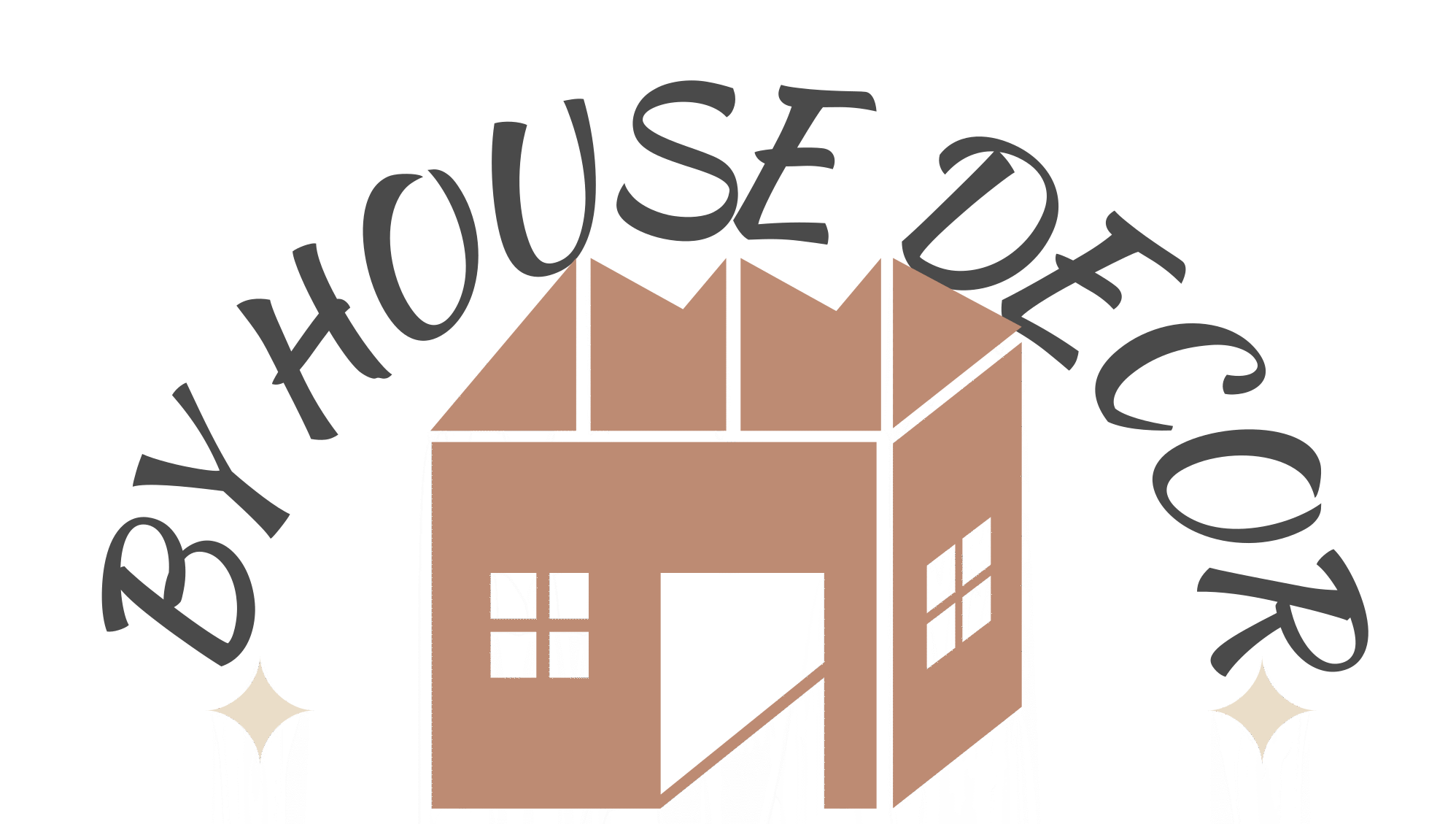
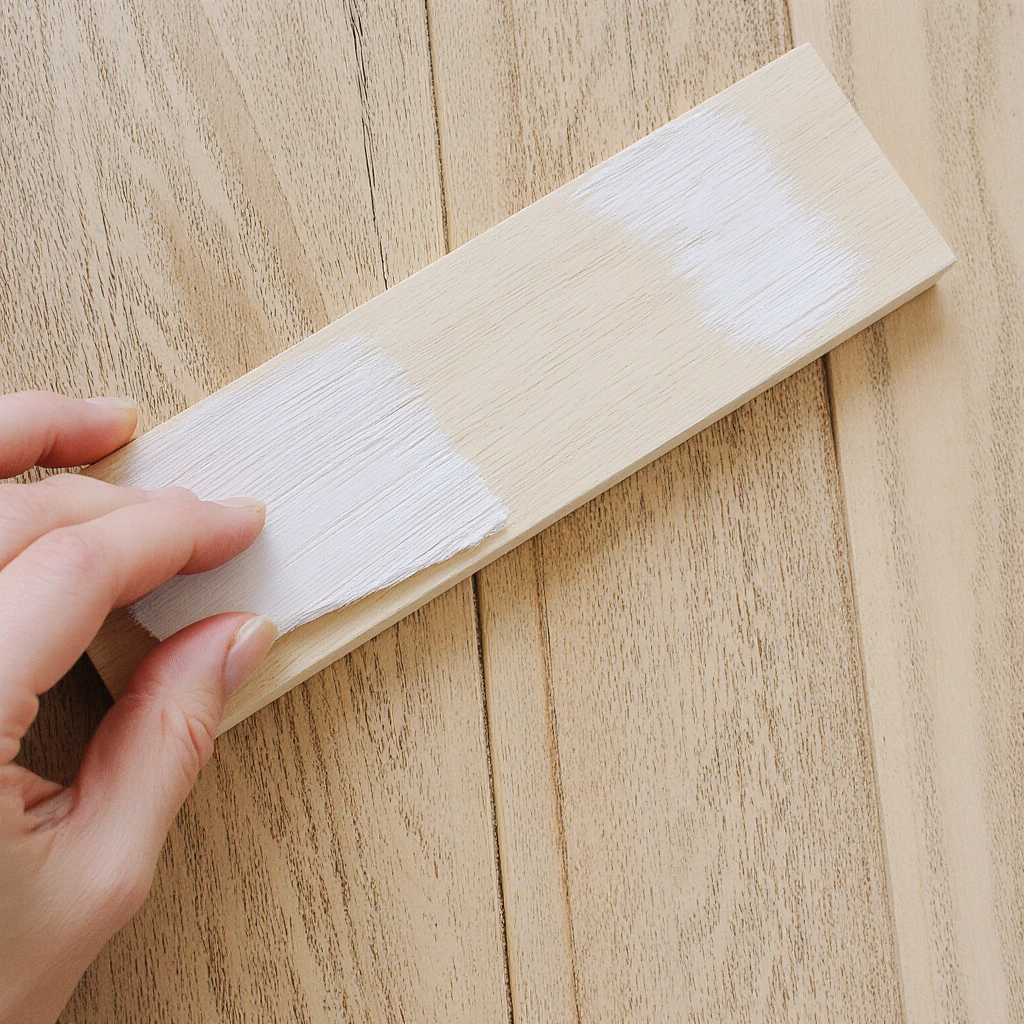
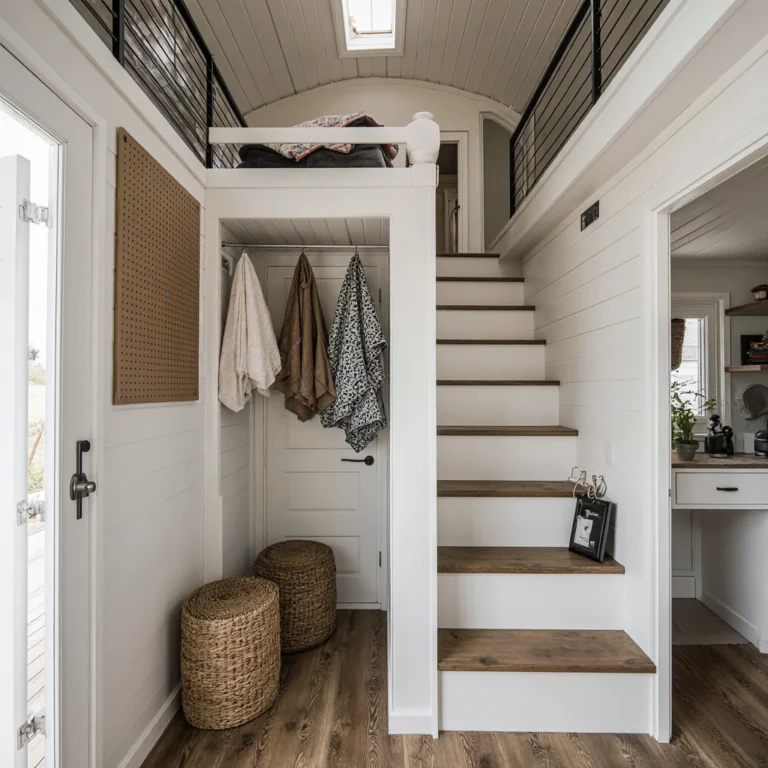
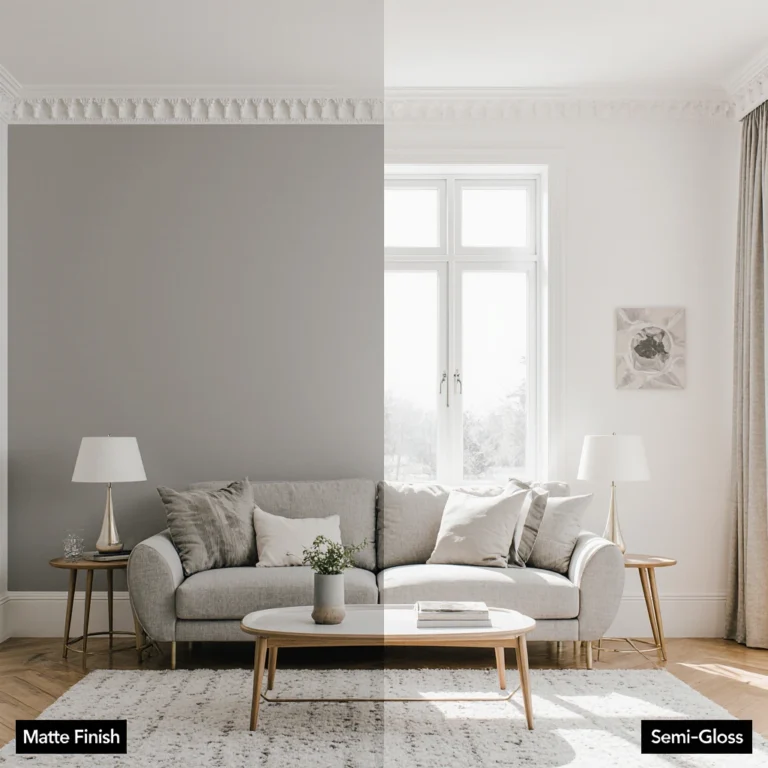
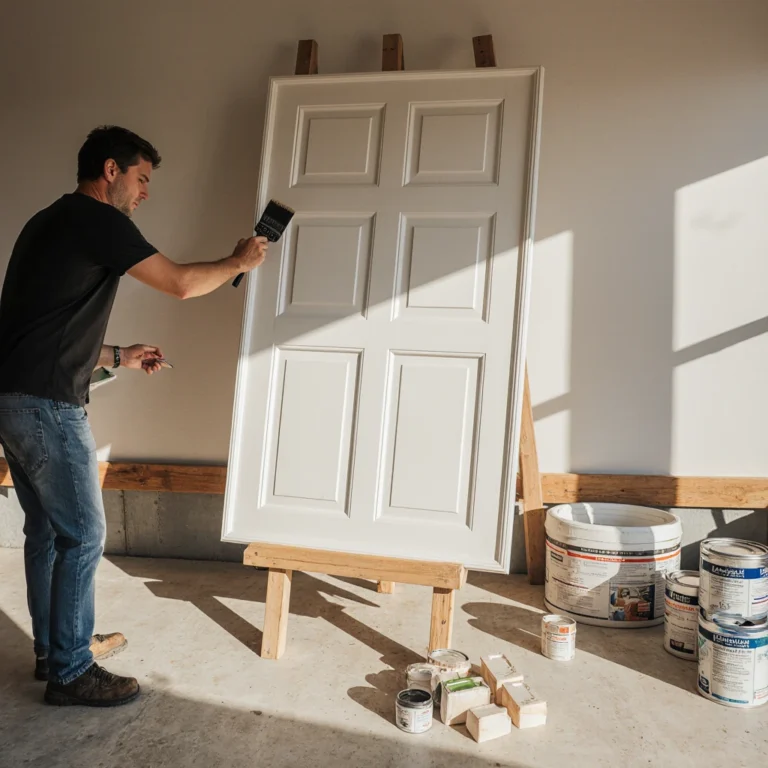
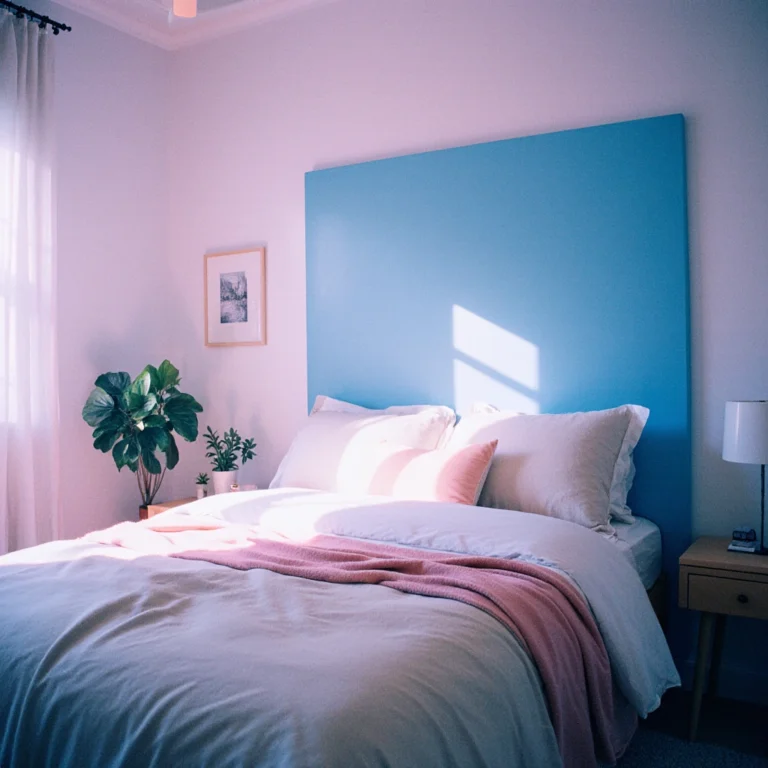
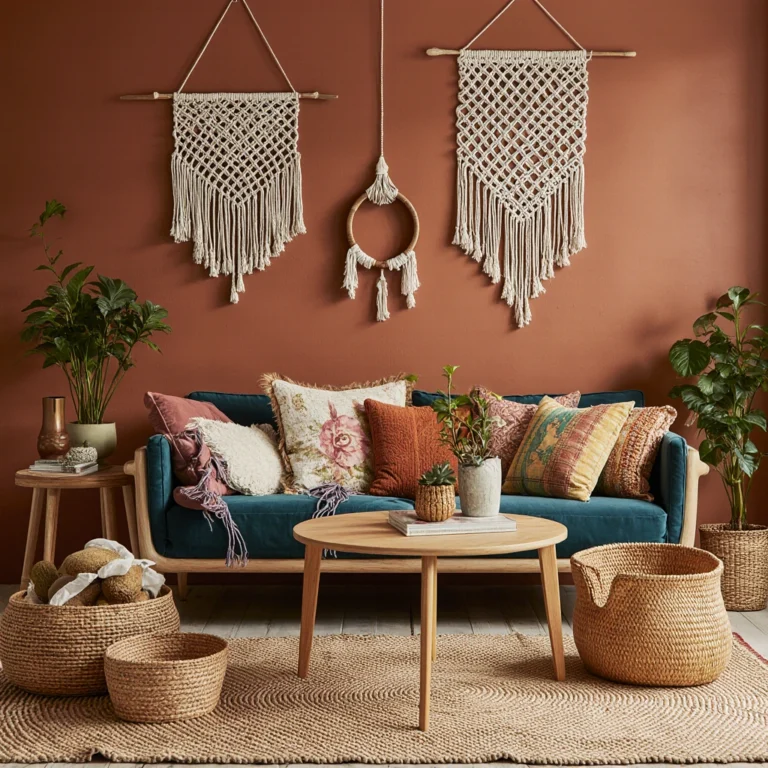
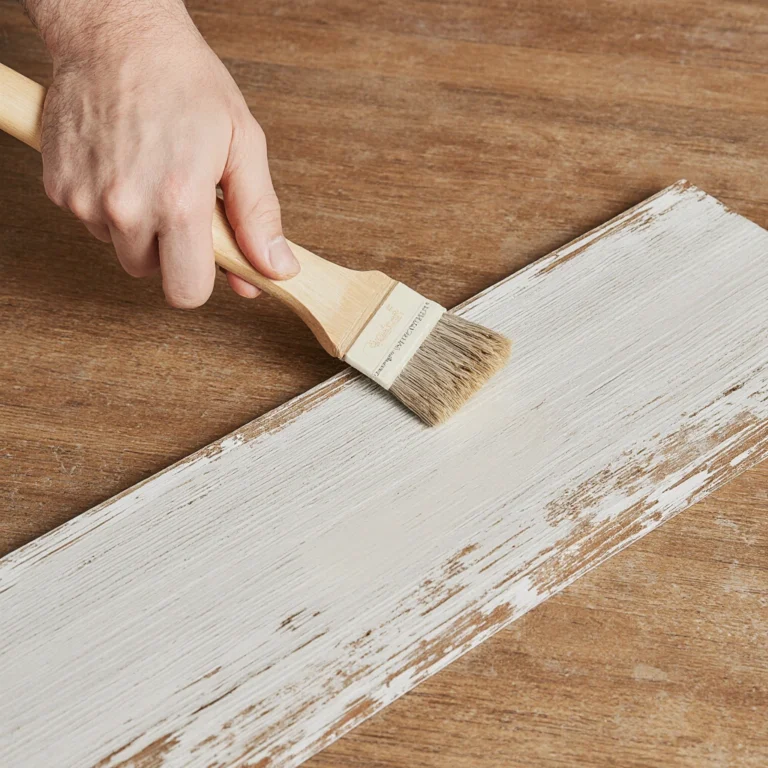
One Comment
Comments are closed.